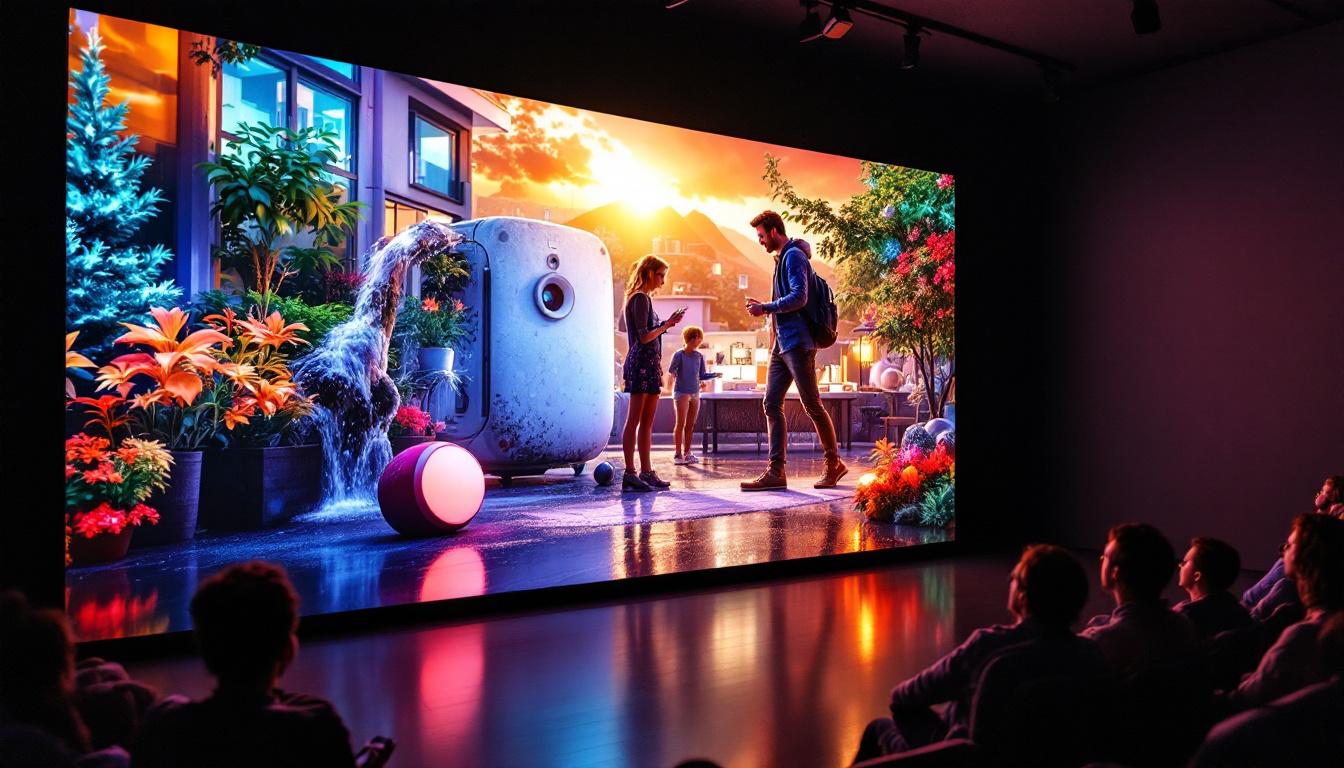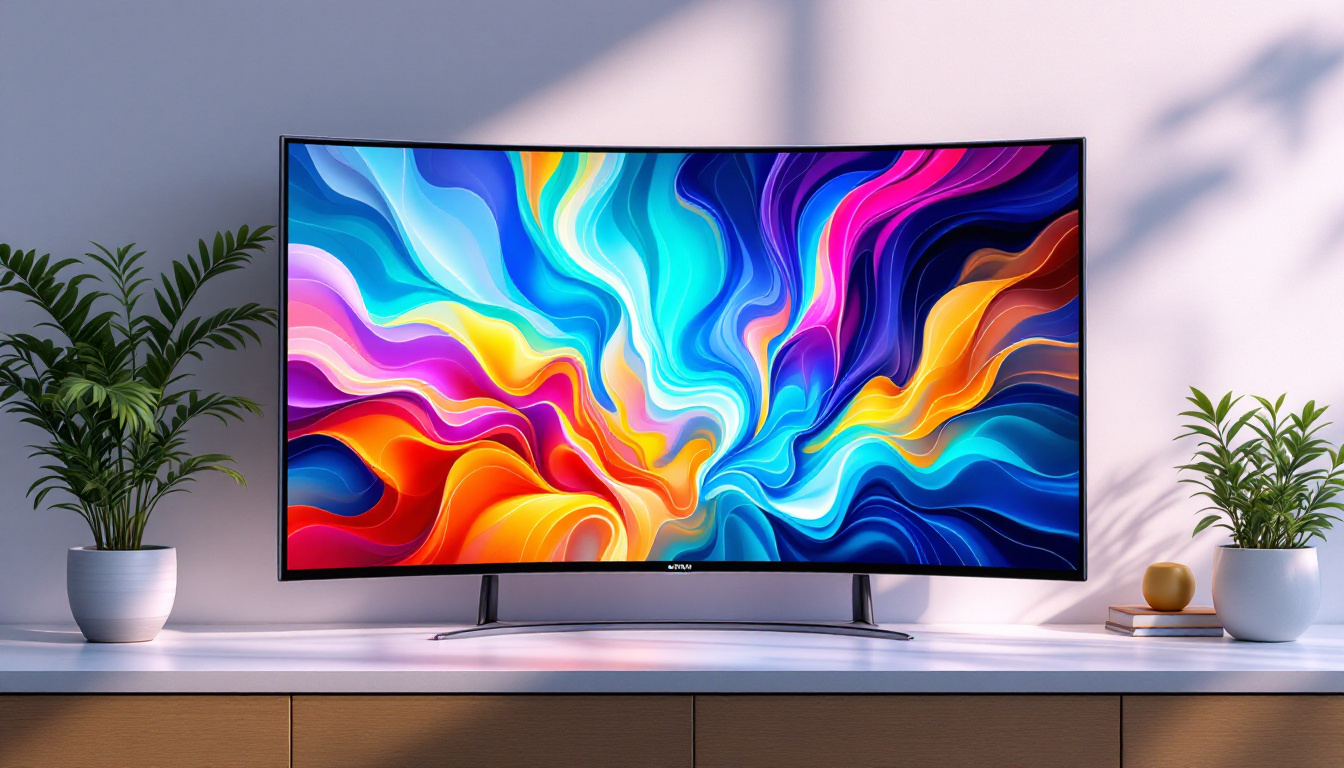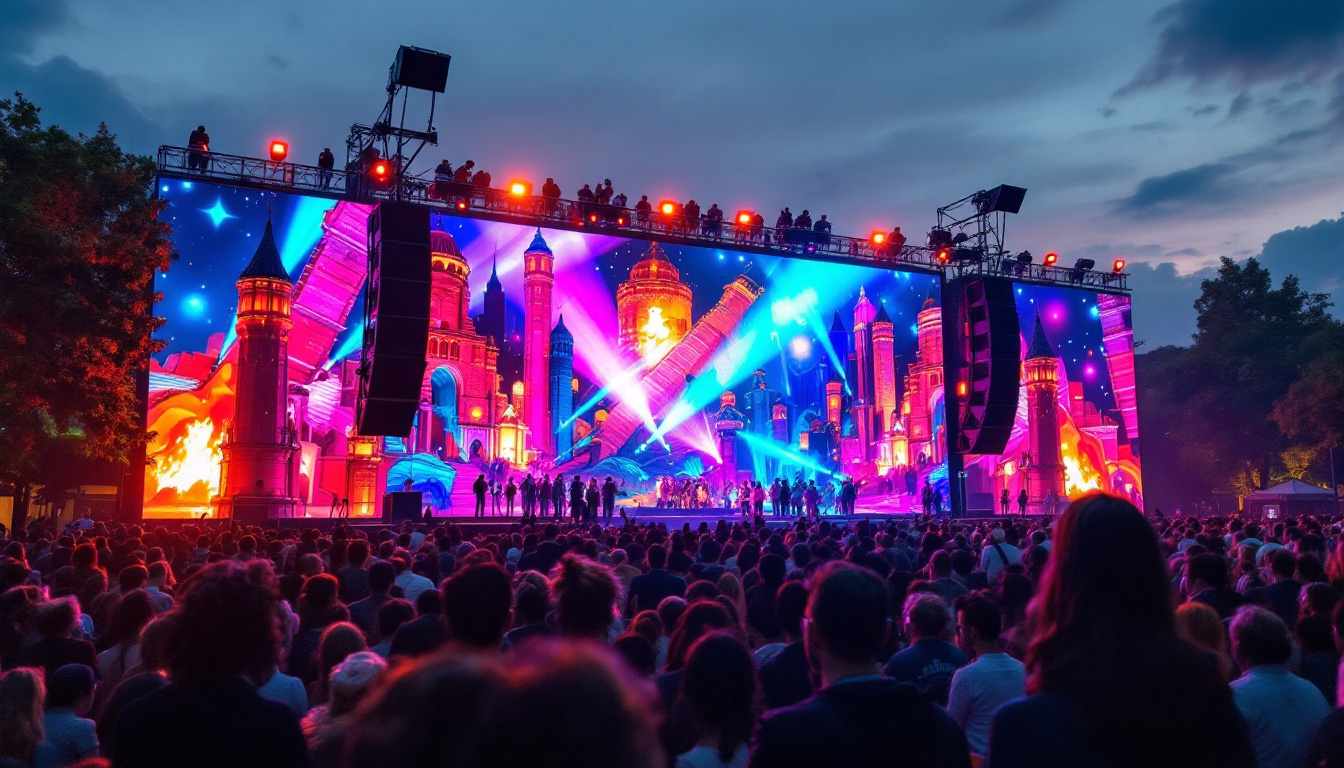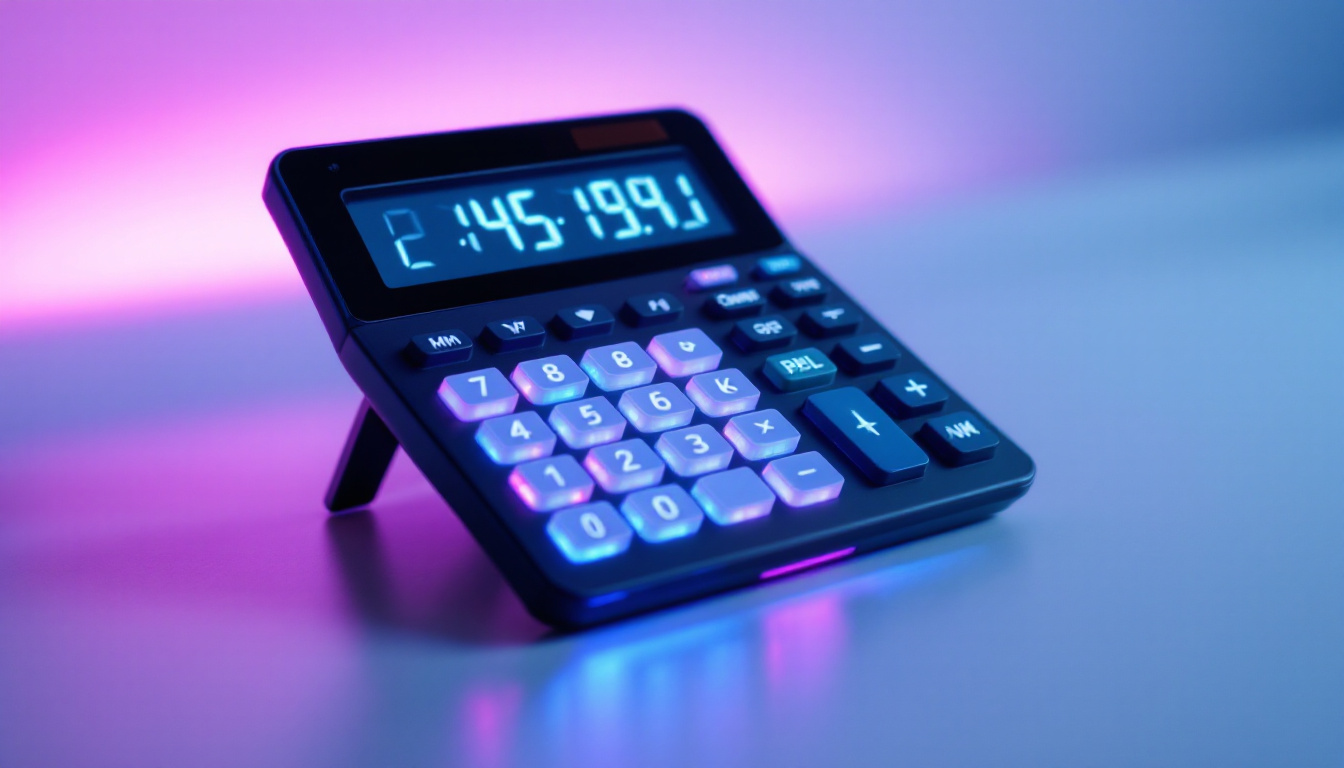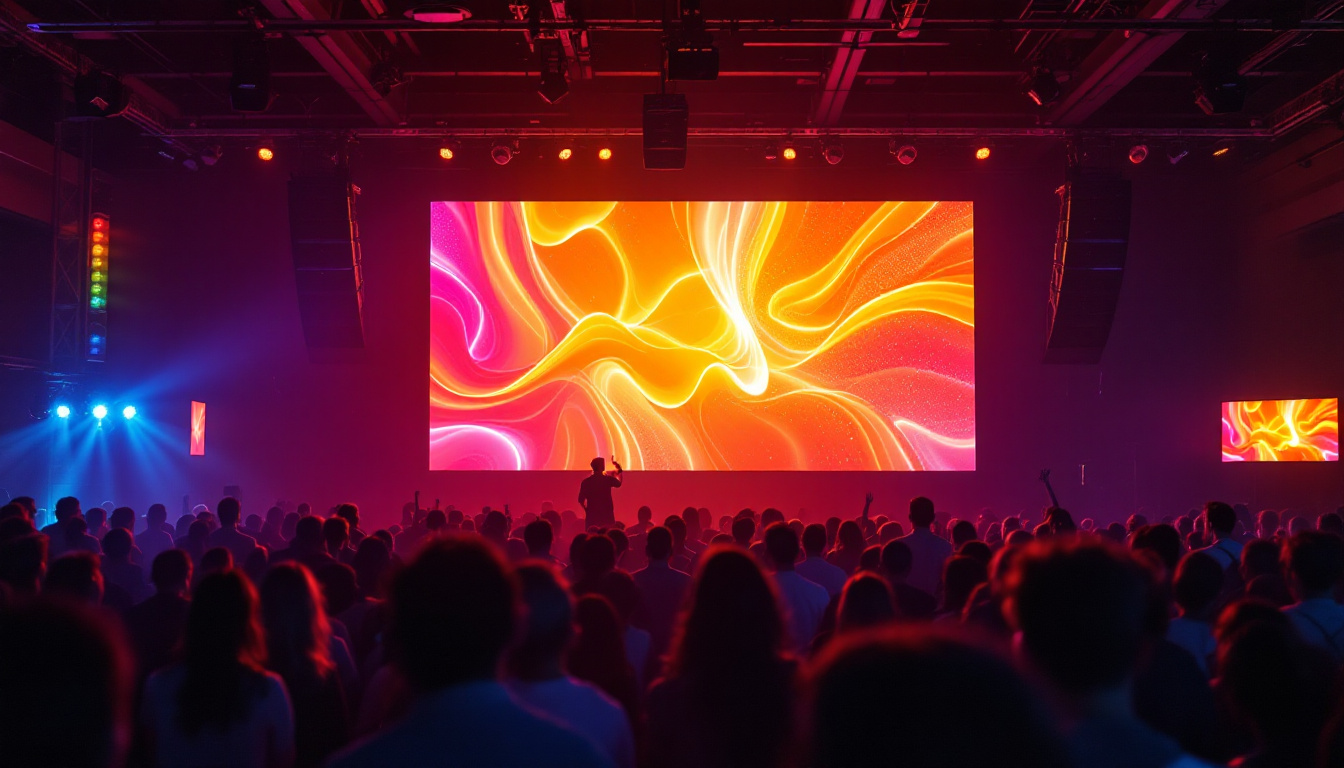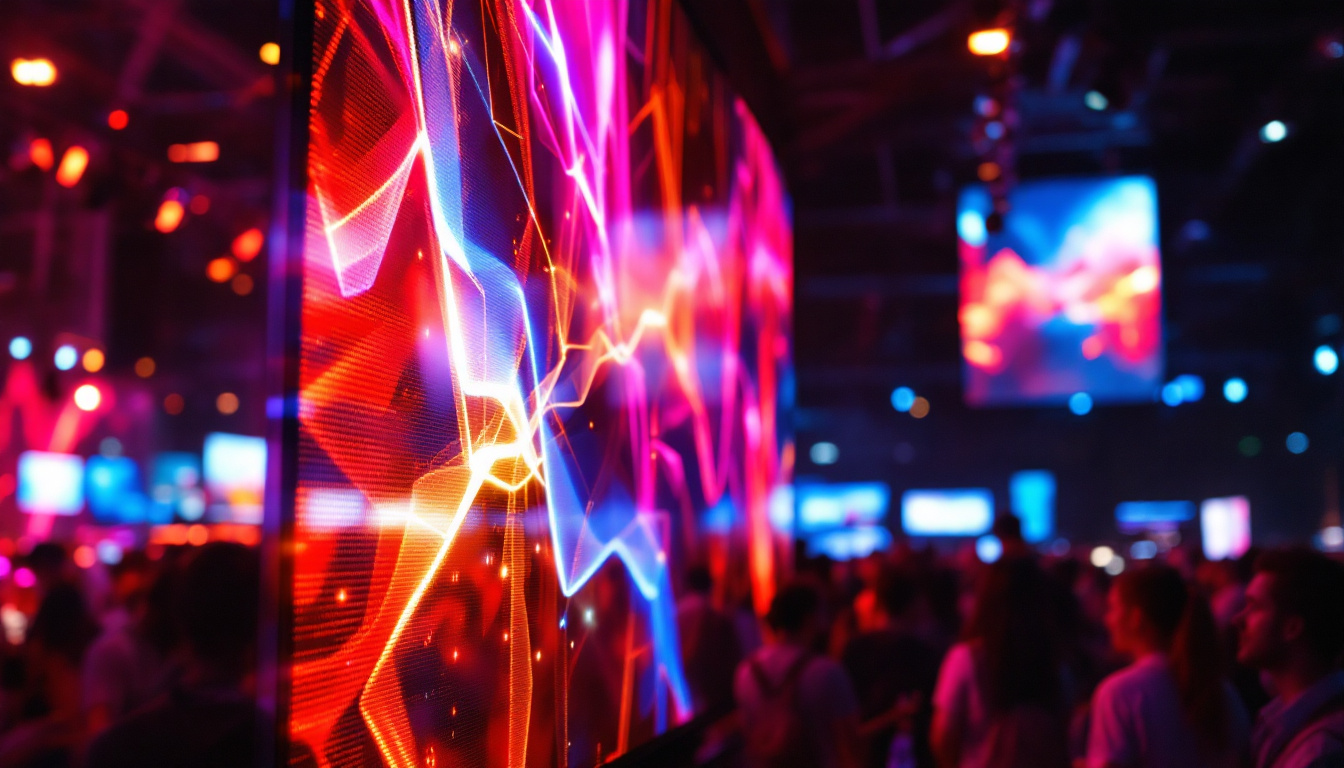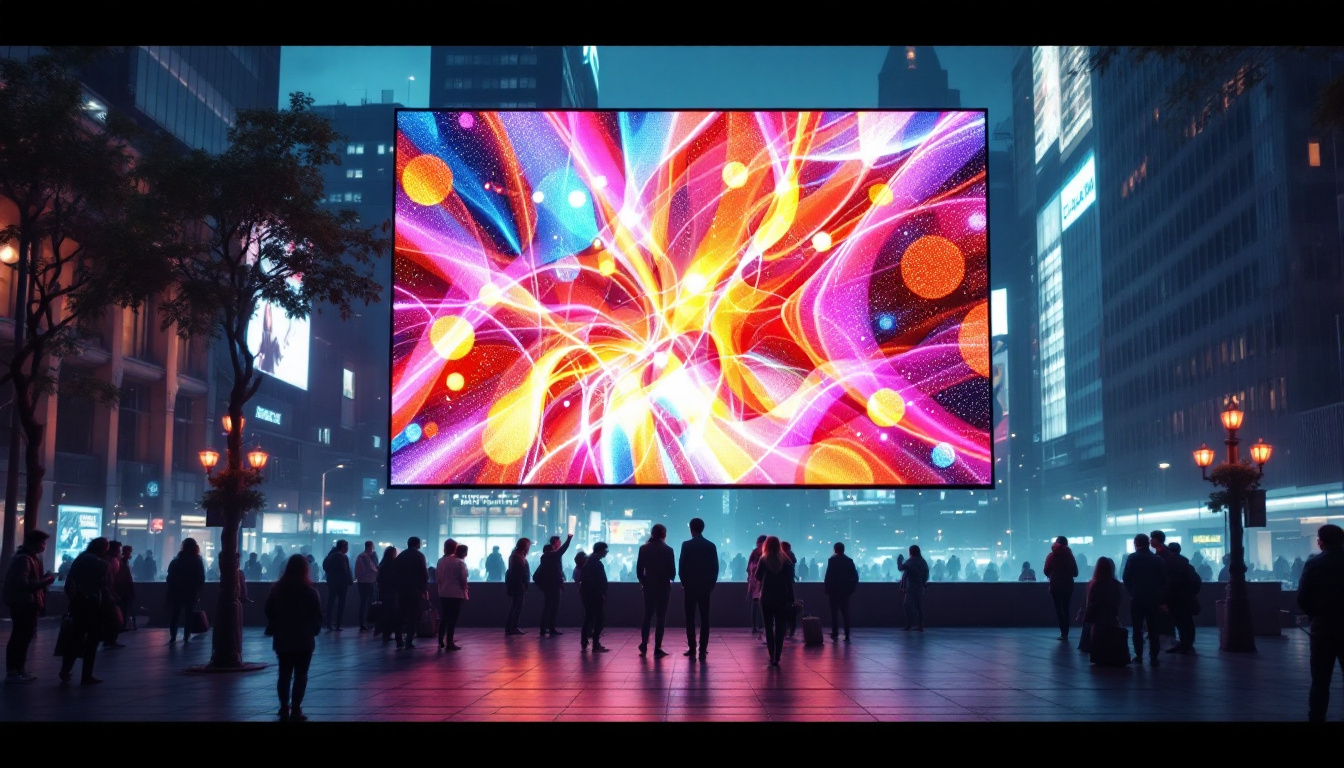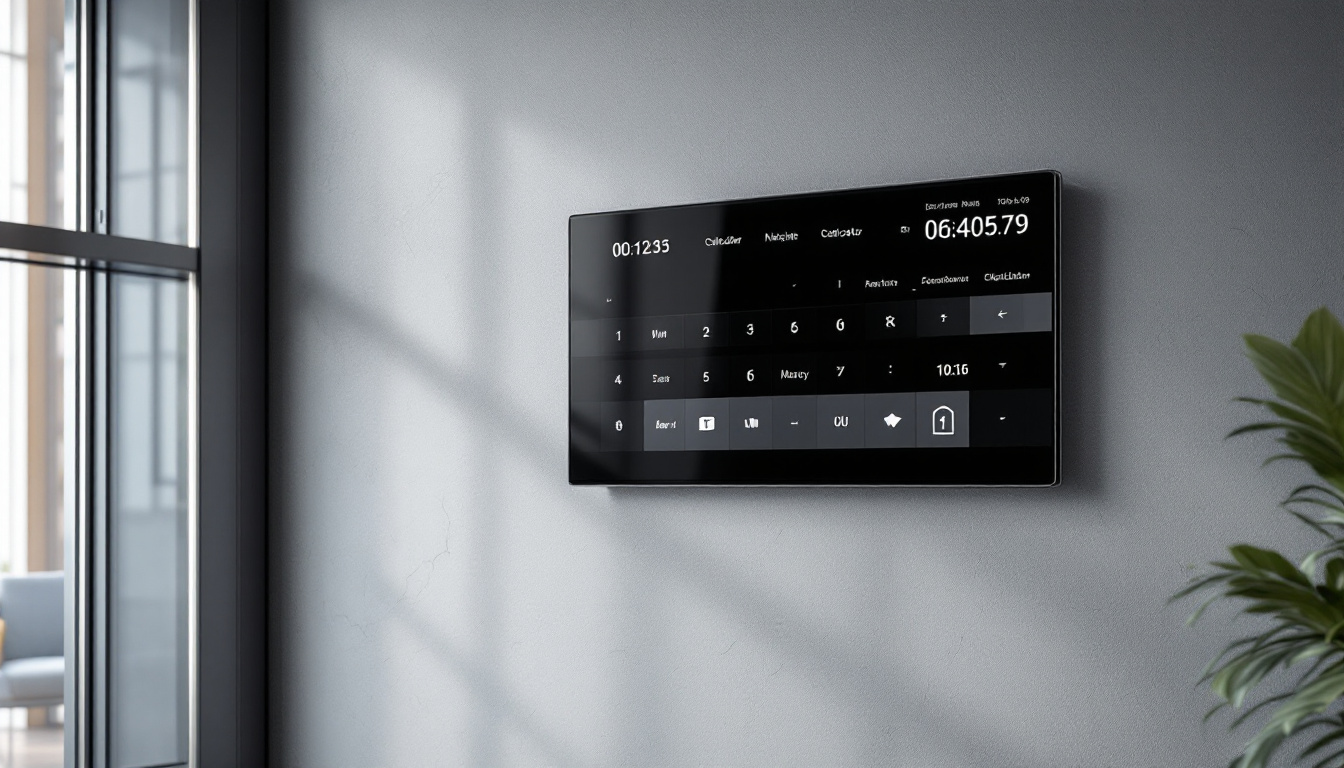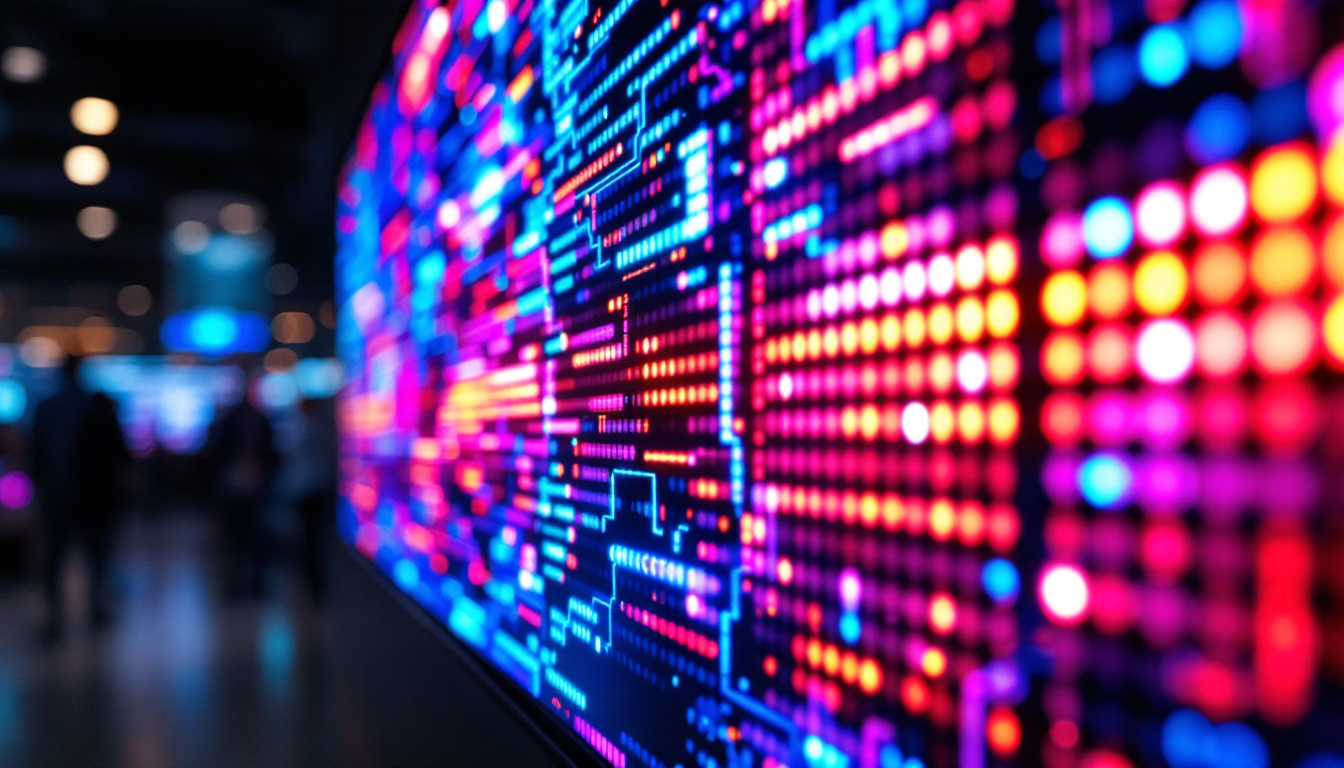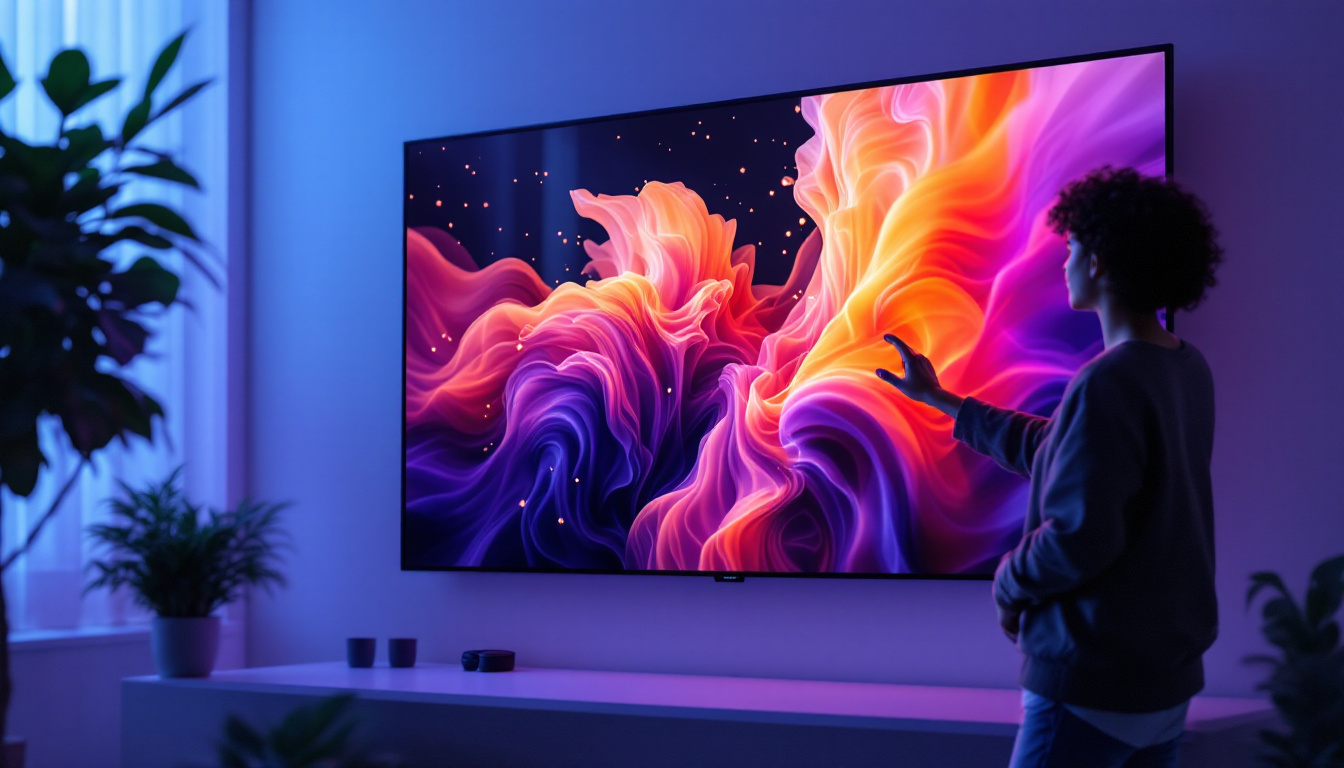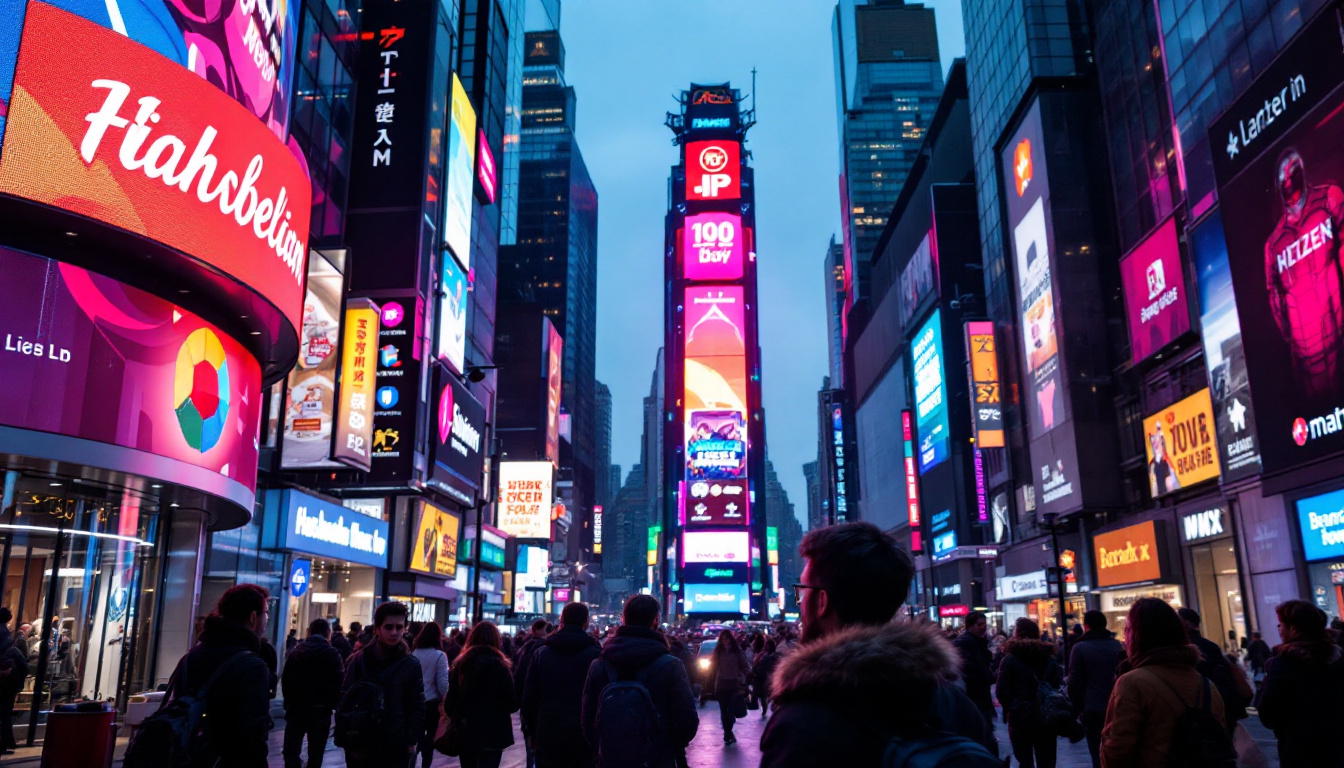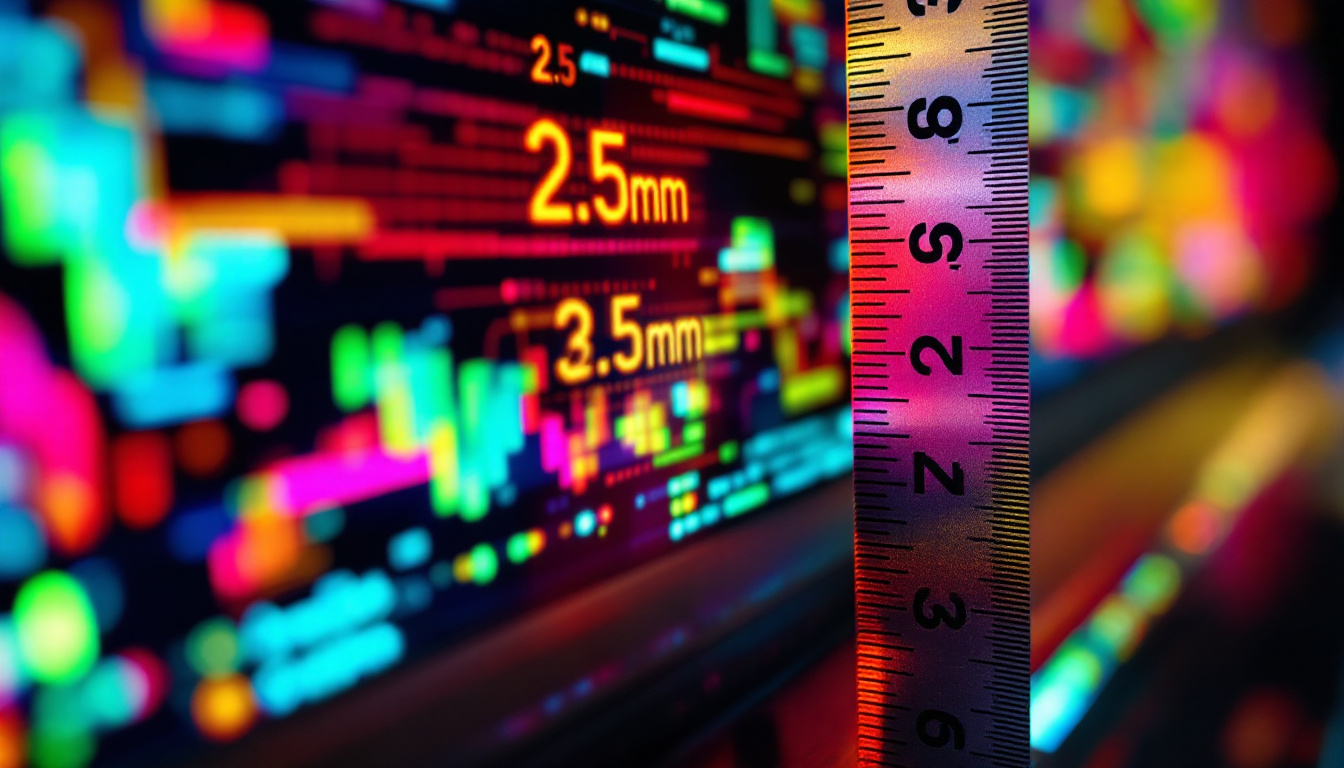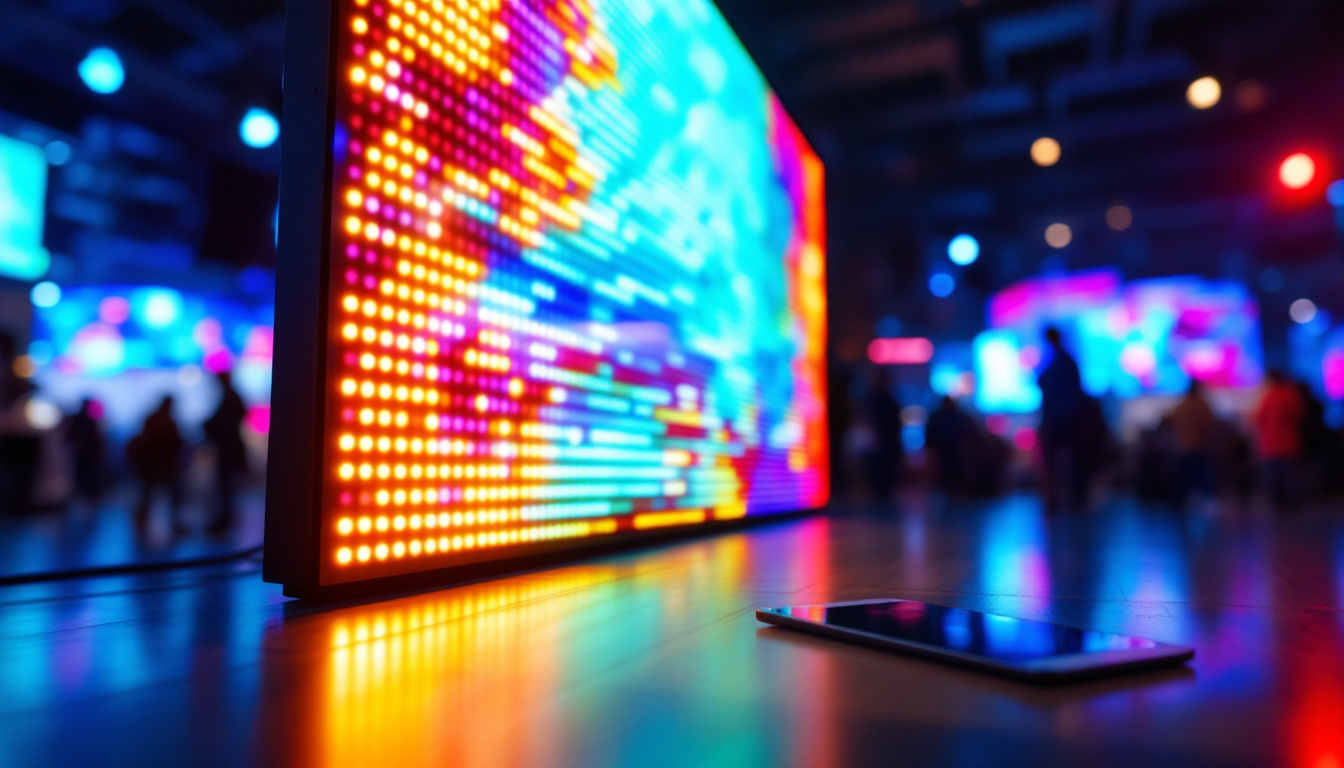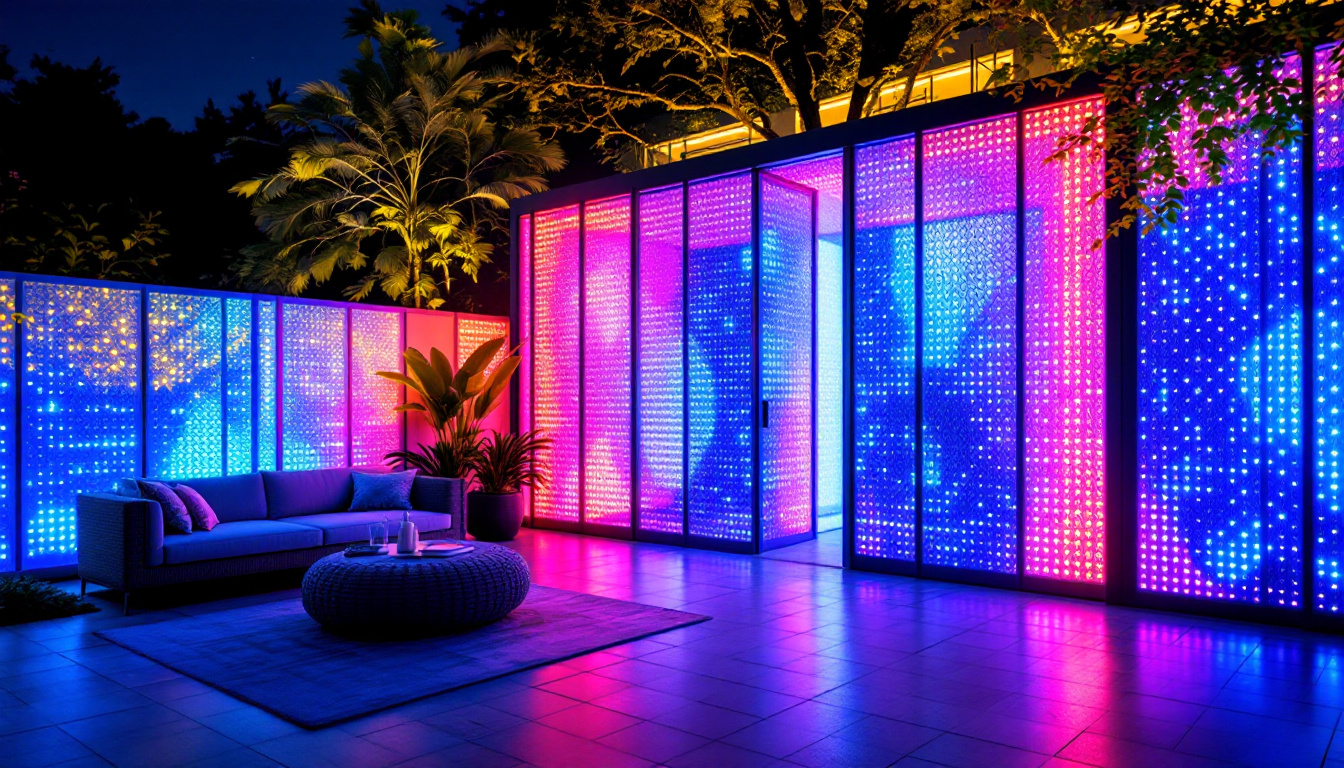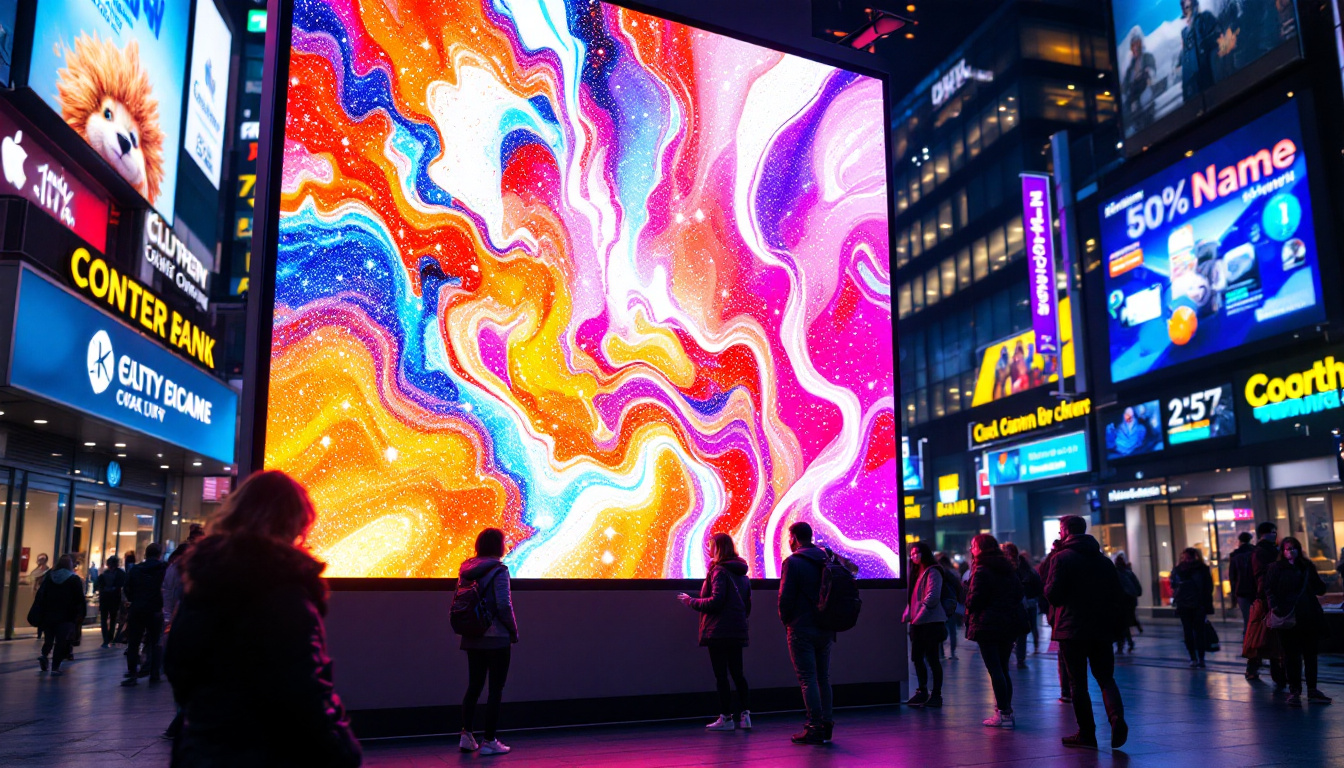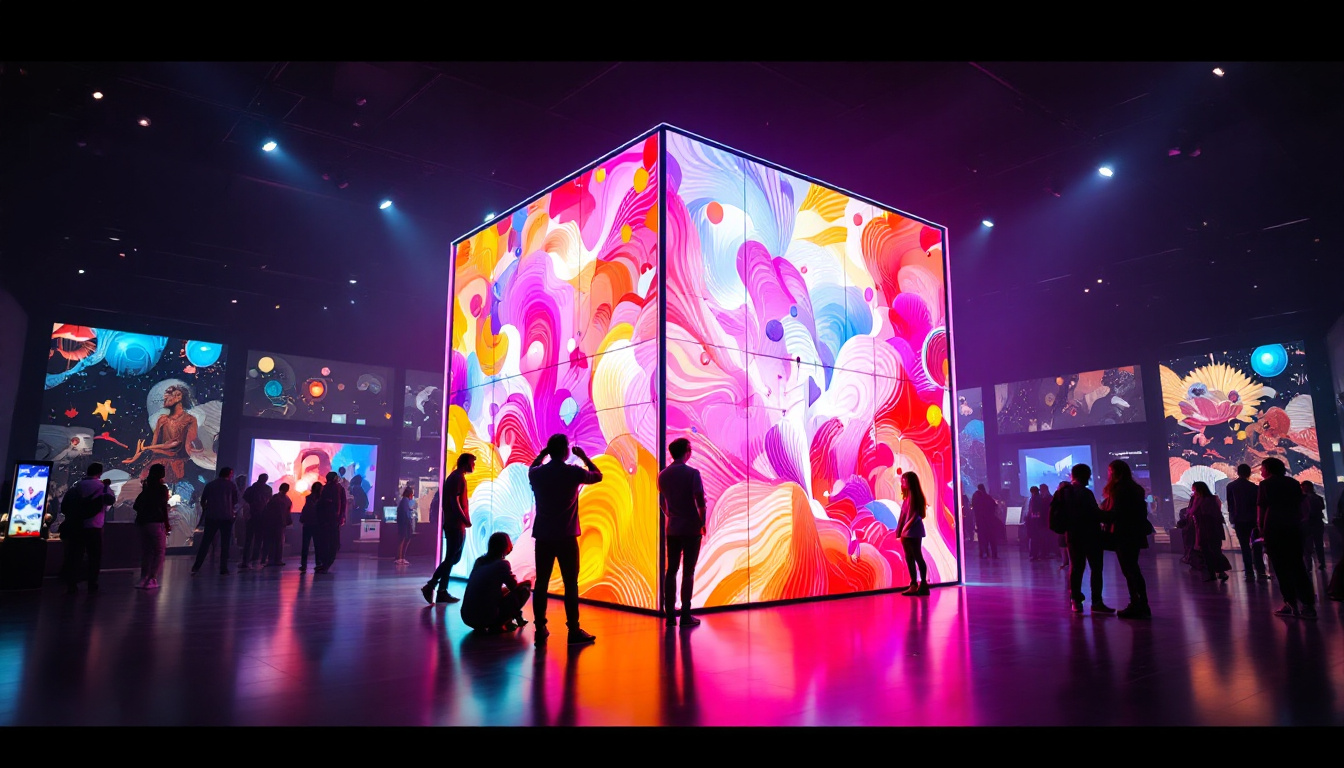In recent years, the integration of LED display technology into architectural models and film productions has revolutionized the way stories are told and spaces are visualized. The “Model House Full Movie” is a prime example of this trend, where LED displays play a crucial role in enhancing the cinematic experience and providing detailed visual information about the model house showcased in the film. This article delves into the technology behind LED displays used in such productions, explaining their significance, functionality, and the impact they have on both filmmakers and audiences.
The Role of LED Displays in Model House Presentations
LED (Light Emitting Diode) displays have become an indispensable tool in architectural visualization, especially when it comes to model houses. These displays offer dynamic, bright, and highly customizable visuals that static models simply cannot match. In the context of the “Model House Full Movie,” LED displays serve multiple purposes:
- Enhanced Visual Storytelling: By incorporating LED screens into the model, filmmakers can simulate lighting changes, show interior designs, and even display animations that depict how the house functions in different scenarios.
- Interactive Demonstrations: LED displays allow for interactive elements where viewers can see different configurations of the house, such as changing wall colors, furniture arrangements, or lighting setups.
- Realistic Effects: The use of LED technology enables realistic effects like flickering lights, moving shadows, and simulated outdoor conditions, which add depth and authenticity to the model.
These capabilities transform a simple scale model into a living, breathing representation of architectural intent, making it easier for clients, investors, and audiences to connect with the project. Moreover, the integration of LED displays can also enhance the overall ambiance of the presentation space. For instance, when paired with sound design, LED visuals can create a fully immersive experience, allowing viewers to not only see but also feel the essence of the home being showcased. This multi-sensory approach is particularly effective in engaging potential buyers or stakeholders, as it evokes emotional responses that static displays simply cannot achieve.
Why LED Displays Outperform Traditional Lighting in Models
Traditional model lighting often relies on miniature bulbs or fiber optics, which can be limited in brightness, color range, and flexibility. LED displays, on the other hand, offer:
- Energy Efficiency: LEDs consume significantly less power, allowing for longer display times without overheating or excessive energy costs.
- Color Versatility: With millions of color options, LED displays can accurately represent various lighting moods and interior designs.
- Thin and Lightweight Design: LED panels can be ultra-thin, making them easy to integrate discreetly into scale models without adding bulk.
- Programmability: LEDs can be programmed to change colors, brightness, and patterns dynamically, offering unparalleled control over the visual presentation.
These advantages make LED displays the preferred choice for filmmakers and architects who want to push the boundaries of model visualization. Additionally, the rapid advancements in LED technology mean that the displays are becoming increasingly affordable and accessible, allowing even smaller firms to leverage this powerful tool. As the market evolves, we can expect to see even more innovative applications of LED technology in model presentations, such as augmented reality overlays that enhance the viewing experience, providing a glimpse into future possibilities for architectural design and marketing strategies.
Technical Aspects of LED Displays in Model Houses
Understanding the technical details behind LED displays helps appreciate their application in the “Model House Full Movie” and similar projects. The key components and specifications include pixel pitch, resolution, brightness, and control systems.
Pixel Pitch and Resolution
Pixel pitch refers to the distance between individual LED pixels on a display, typically measured in millimeters. A smaller pixel pitch means higher resolution and sharper images, which is crucial when displaying detailed visuals on small-scale models.
For model houses, pixel pitches can range from 0.9mm to 3mm, depending on the model’s size and viewing distance. The “Model House Full Movie” likely employs ultra-fine pixel pitch LED panels to ensure that every detail, from window frames to interior textures, is crisp and clear. This precision allows viewers to appreciate the intricate design elements that might otherwise go unnoticed, enhancing the overall storytelling experience.
Brightness and Color Accuracy
Brightness is measured in nits (cd/m²), and for indoor model displays, a brightness level between 800 and 1500 nits is typical. This range ensures visibility under various lighting conditions without causing glare.
Color accuracy is equally important, especially when showcasing interior designs or exterior finishes. High-quality LED displays use advanced calibration techniques to reproduce colors faithfully, which helps maintain the integrity of the architectural vision. The use of wide color gamut technologies further enhances the vibrancy of the visuals, allowing for a more immersive experience that captures the essence of the materials used in the model house, from the warmth of wooden accents to the cool tones of modern fixtures.
Control Systems and Content Management
Modern LED displays are controlled via sophisticated software platforms that allow real-time content management. This capability is essential for the dynamic scenes in the “Model House Full Movie,” where lighting and visuals change according to the narrative.
Control systems can integrate with sensors, allowing interactive features such as touch responses or environmental adjustments. For example, the display might simulate daylight changes based on the time of day depicted in the film. Additionally, these systems can be programmed to respond to viewer interactions, enabling a more engaging experience where audiences can influence the visuals or even trigger specific scenes. This interactivity not only enhances viewer engagement but also showcases the versatility of LED technology in creating a responsive and immersive storytelling environment.
Applications of LED Displays Beyond Film
While the “Model House Full Movie” showcases LED technology in cinematic storytelling, the applications extend far beyond entertainment. Architects, real estate developers, and designers increasingly use LED displays to enhance client presentations and marketing efforts.
Architectural Visualization and Client Engagement
LED displays enable architects to present their designs in a more engaging and immersive manner. Clients can see how a building will look at different times of the day, explore various design options, and understand spatial relationships better than with traditional blueprints or static models.
This interactive approach leads to more informed decision-making, reduces misunderstandings, and often accelerates project approvals.
Real Estate Marketing and Sales
In real estate showrooms, LED displays integrated into scale models can attract potential buyers by providing vivid, life-like representations of properties. Dynamic lighting and animated features help buyers visualize living in the space, increasing emotional connection and purchase intent.
Educational and Training Tools
LED-enhanced models are also valuable in educational settings, where students of architecture, engineering, and design can interact with detailed, dynamic models. This hands-on experience deepens understanding of complex concepts such as lighting design, energy efficiency, and spatial planning.
Challenges and Considerations When Using LED Displays in Model Houses
Despite their many benefits, integrating LED displays into model houses comes with challenges that require careful planning and execution.
Cost and Budget Constraints
High-resolution LED displays, especially those with ultra-fine pixel pitches, can be expensive. For filmmakers and architects working within tight budgets, balancing cost with desired visual quality is a critical consideration.
However, prices for LED technology have been steadily decreasing, making it more accessible than ever before. Strategic use of LED panels—focusing on key areas rather than the entire model—can optimize costs.
Technical Complexity and Maintenance
Installing and programming LED displays demands technical expertise. Ensuring seamless integration with the model’s physical structure and the film’s narrative requires collaboration between designers, engineers, and content creators.
Additionally, LED panels require maintenance to prevent issues such as dead pixels or color inconsistencies, which can detract from the overall presentation.
Scale and Viewing Distance Limitations
The effectiveness of LED displays depends on the model’s scale and the typical viewing distance. Extremely small models may not benefit from LED integration if the pixel pitch cannot be sufficiently reduced. Conversely, if viewers are too close, individual pixels might become visible, reducing image quality.
Careful design and testing are essential to ensure that the LED display enhances rather than detracts from the viewer’s experience.
Future Trends in LED Display Technology for Model Houses and Film
As LED technology continues to evolve, several trends are poised to further transform its use in model houses and cinematic productions.
MicroLED and MiniLED Innovations
MicroLED and MiniLED technologies offer even smaller pixel pitches and improved brightness with lower power consumption. These advancements will enable ultra-high-definition displays on smaller models, opening new possibilities for detailed visualization.
Integration with Augmented Reality (AR) and Virtual Reality (VR)
Combining LED displays with AR and VR technologies can create hybrid experiences where physical models are augmented with digital overlays. This fusion allows viewers to explore model houses interactively, blending tactile and virtual elements.
Smart and Responsive Displays
Future LED displays may incorporate AI-driven responsiveness, adjusting lighting and visuals automatically based on environmental cues or viewer interactions. Such smart displays can enhance storytelling by creating more immersive and personalized experiences.
Conclusion
The “Model House Full Movie” exemplifies the powerful role that LED displays play in modern architectural visualization and film production. By offering dynamic, high-resolution, and customizable visuals, LED technology transforms static models into engaging narratives that resonate with audiences and clients alike.
Understanding the technical aspects, applications, and challenges of LED displays enables filmmakers, architects, and designers to harness their full potential. As innovations continue to emerge, the integration of LED displays in model houses promises to become even more sophisticated, interactive, and impactful.
For those involved in architectural visualization or cinematic storytelling, embracing LED display technology is not just a trend but a strategic move toward more compelling and effective presentations.
Discover the Future of Visual Storytelling with LumenMatrix
Ready to elevate your architectural visualization or film production with the most advanced LED display technology? LumenMatrix is at the forefront of creating immersive visual experiences that captivate and engage. From Indoor and Outdoor LED Wall Displays to innovative solutions like Vehicle, Sports, and Floor LED Displays, our range of products is designed to bring your creative vision to life. Embrace the future of digital storytelling with our Custom, All-in-One, and Transparent LED Displays. Check out LumenMatrix LED Display Solutions today and transform the way you communicate with your audience.

